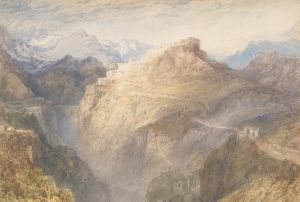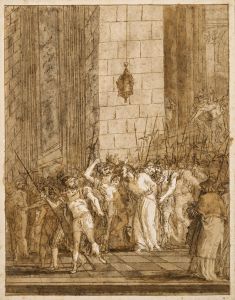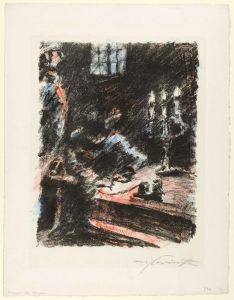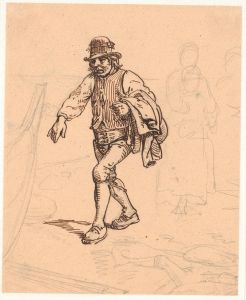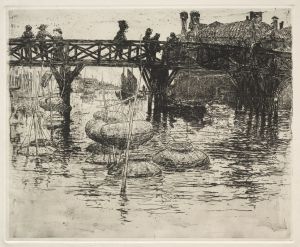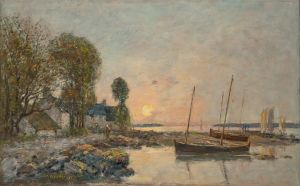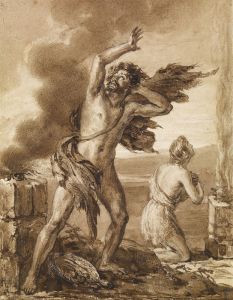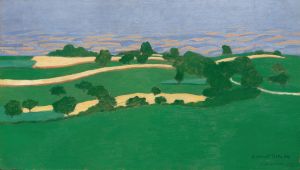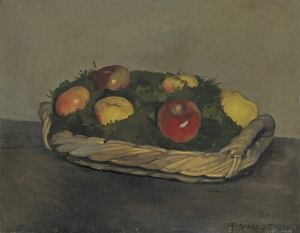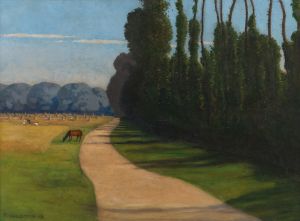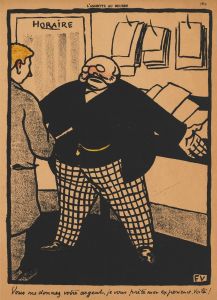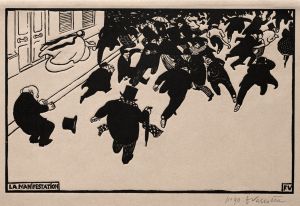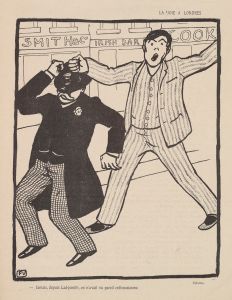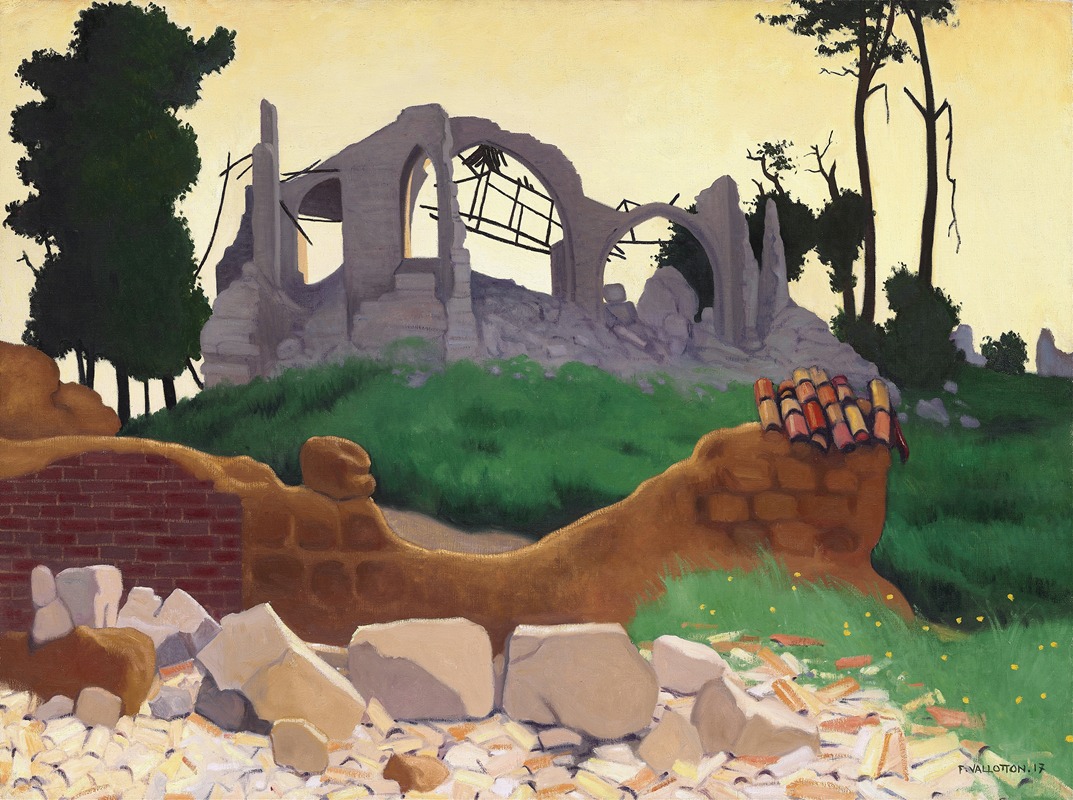
The Church of Souain
A hand-painted replica of Félix Vallotton’s masterpiece The Church of Souain, meticulously crafted by professional artists to capture the true essence of the original. Each piece is created with museum-quality canvas and rare mineral pigments, carefully painted by experienced artists with delicate brushstrokes and rich, layered colors to perfectly recreate the texture of the original artwork. Unlike machine-printed reproductions, this hand-painted version brings the painting to life, infused with the artist’s emotions and skill in every stroke. Whether for personal collection or home decoration, it instantly elevates the artistic atmosphere of any space.
Félix Vallotton's "The Church of Souain" is a painting that captures a poignant moment from World War I, reflecting the artist's engagement with the themes of war and destruction. Vallotton, a Swiss-French painter and printmaker, was associated with the Nabis, a group of post-Impressionist avant-garde artists in France. Known for his distinctive style that combined elements of realism and symbolism, Vallotton often explored themes of modern life, intimacy, and conflict in his work.
"The Church of Souain" was created in 1917, during a period when Vallotton was commissioned as a war artist by the French government. This commission was part of a broader effort to document the war through the eyes of artists, capturing the impact of the conflict on landscapes, architecture, and human lives. Vallotton's assignment took him to the front lines, where he witnessed the devastation wrought by the war.
The painting depicts the ruins of the church in Souain, a village in the Marne department of northeastern France. This area was heavily affected by the war, particularly during the Second Battle of Champagne in 1915. The church, like many other structures in the region, suffered significant damage due to artillery bombardments and military operations. Vallotton's portrayal of the church emphasizes the stark reality of war's destruction, with the building reduced to a skeletal form amidst a desolate landscape.
Vallotton's approach to this subject is characterized by his use of bold lines and a muted color palette, which convey a sense of somberness and desolation. The painting's composition focuses on the remnants of the church, with its broken walls and debris, set against a barren background. This stark imagery serves as a powerful reminder of the war's capacity to obliterate cultural and historical landmarks, leaving behind a landscape of ruin.
In addition to its historical significance, "The Church of Souain" reflects Vallotton's broader artistic concerns. Throughout his career, Vallotton was interested in exploring the interplay between reality and abstraction, often using his art to comment on contemporary social and political issues. In this painting, the destruction of the church can be seen as a metaphor for the broader impact of war on society and civilization.
"The Church of Souain" is part of a series of works Vallotton produced during his time as a war artist. These paintings and prints provide valuable insights into the artist's perspective on the war and its consequences. Vallotton's work from this period is notable for its emotional depth and its ability to convey the harsh realities of conflict without resorting to overt sentimentality or dramatization.
Today, "The Church of Souain" is recognized as an important example of war art, illustrating the role of artists in documenting and interpreting historical events. Vallotton's painting not only serves as a historical record of the destruction of Souain but also as a timeless reminder of the enduring impact of war on human culture and heritage.





